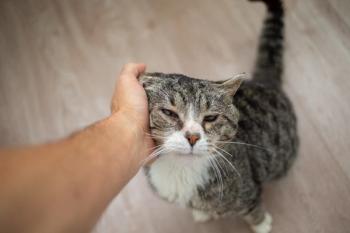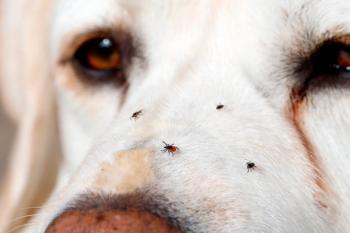
Study analyzes severity of injuries in koalas affected by Australian bushfire
The investigators’ findings may prove critical to improving care for wildlife affected by future fires
A recent study of koalas affected by bushfires in Australia revealed severe burns to footpads that hindered their ability to climb trees and to escape the dangerous conditions. Lung damage and generalized burns to the skin and furred regions were also found in these marsupials.1
Published in Veterinary Sciences, the study was supported by a $54757 grant from the Morris Animal Foundation based in Denver, Colorado. The investigation relied on clinical data from koalas affected by catastrophic bushfires that occurred in the Australian summer of 2019-2020. Data collected included comprehensive health assessments of koalas, sample analysis, statistical analysis and extensive collaboration with wildlife rescue groups and veterinarians.1,2
The histopathological features and the depth of burns in koala skin, and smoke-induced respiratory tract damage were studied. In 4 koalas affected by bushfires that were euthanized, burns to skin in various body regions were scored based on clinical appearance as superficial, partial thickness, or full thickness. Furred regions on the ear margins and dorsum were histologically more severe than other body regions. However, the study’s results found the most commonly burned body region was the plantar footpads in the hind legs, which investigators theorized was likely because of the koalas’ descent from trees to scorched ground. Investigators also found that pulmonary oedema and congestion were evident in the respiratory tracts of all studied koalas.2
Investigators concluded that understanding of the injuries incurred by the studied koalas can be used to better assess the likelihood of survival, rehabilitation and release for these marsupials. “Compounding the effect of burns on the health of the koalas, a high likelihood of lung damage due to smoke inhalation has also been found by this study, and this is an important additional consideration for veterinarians triaging rescued koalas,” said Natasha Speight, a senior lecturer at the University of Adelaide, School of Animal and Veterinary Sciences, who led the study, in a news release.1
Investigator noted that, overall, the study results demonstrate that cutaneous burn lesions on furred and footpad surfaces can have higher severity based on the burn depth than is clinically apparent. Therefore, they noted in the publication, there is a need to consider burn depth when developing treatment plans and establishing prognosis at triage for koalas that have been burned, as well as the high likelihood of pulmonary oedema exists, they wrote.2
The study’s findings provide critical information that will improve koala care during future fire seasons. The study results also significantly advance understanding of the impacts of bushfires on wildlife, which is crucial for future planning and care coordination, according to investigators. “These resources can then be used by the government, wildlife carers and veterinarians to assess the prognosis for koalas that have injuries due to bushfires, as well as aid coordination of bushfire response efforts,” Speight said, in the release.1
References
- Publication identifies risk factors in koalas. News release. Morris Animal Foundation. January 9, 2023. Accessed January 9, 2023.
https://www.morrisanimalfoundation.org/article/publication-identifies-risk-factors-koalas - Baek C, Woolford L, Funnell, et al. Cutaneous and respiratory lesions in bushfire-affected koalas. Vet Sci. 2023;10(11):658. doi:10.3390/vetsci10110658
Newsletter
From exam room tips to practice management insights, get trusted veterinary news delivered straight to your inbox—subscribe to dvm360.






